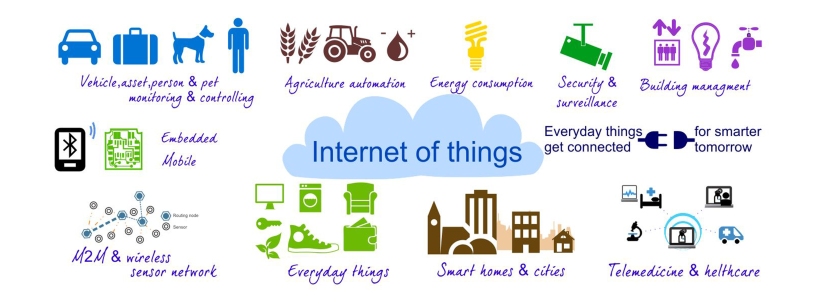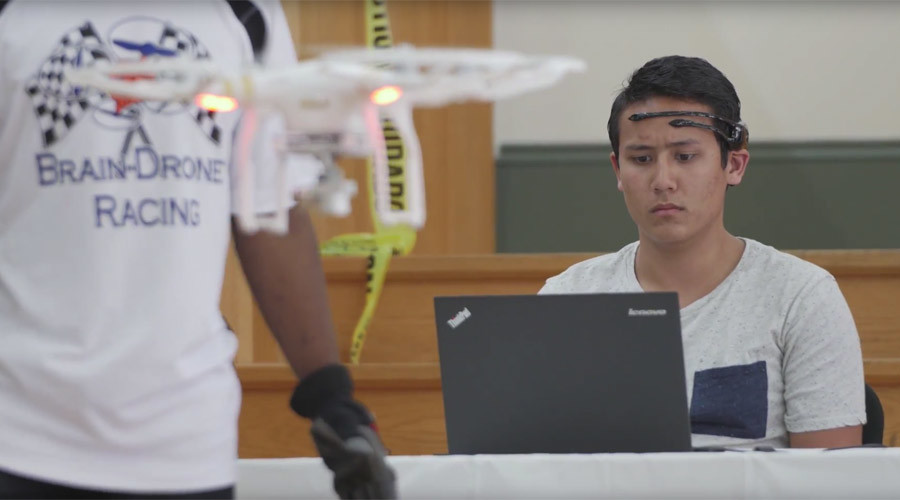SpaceX CEO Elon Musk is aiming to start a Martian colony within the next decade, but another rival CEO says his company will actually be the one to put humans on the Red Planet first. Boeing CEO Dennis Muilenburg recently answered questions at the "Whats Next" tech conference in Chicago, and when asked about the future of his company, he focused on breakthroughs in space travel. "I’m convinced that the first person to step foot on Mars will arrive there riding on a Boeing rocket," said Muilenburg
Boeing has been in the space business for decades, as it has been one of NASA’s primary contractors since the space agency’s inception. The company built the first stage of the Saturn V rocket — which took astronauts to the Moon — and it has since contributed to the Space Shuttle program and crafted many elements of the International Space Station. Currently, Boeing is designing and developing the Space Launch System, the massive rocket that NASA wants to use to send people to Mars. So when Muilenburg says the first people will get to the planet with a Boeing rocket, he’s most likely referring to the SLS.
Credits:
http://www.theverge.com/2016/10/5/13178056/boeing-ceo-mars-colony-rocket-spacex-elon-musk
:format(webp)/cdn2.vox-cdn.com/uploads/chorus_image/image/51212133/GettyImages-482294969.0.jpg)
















